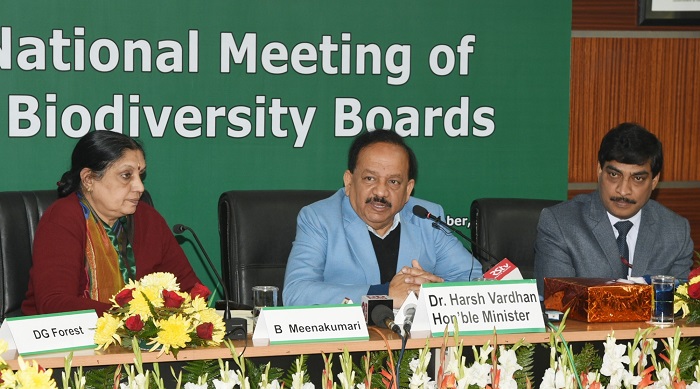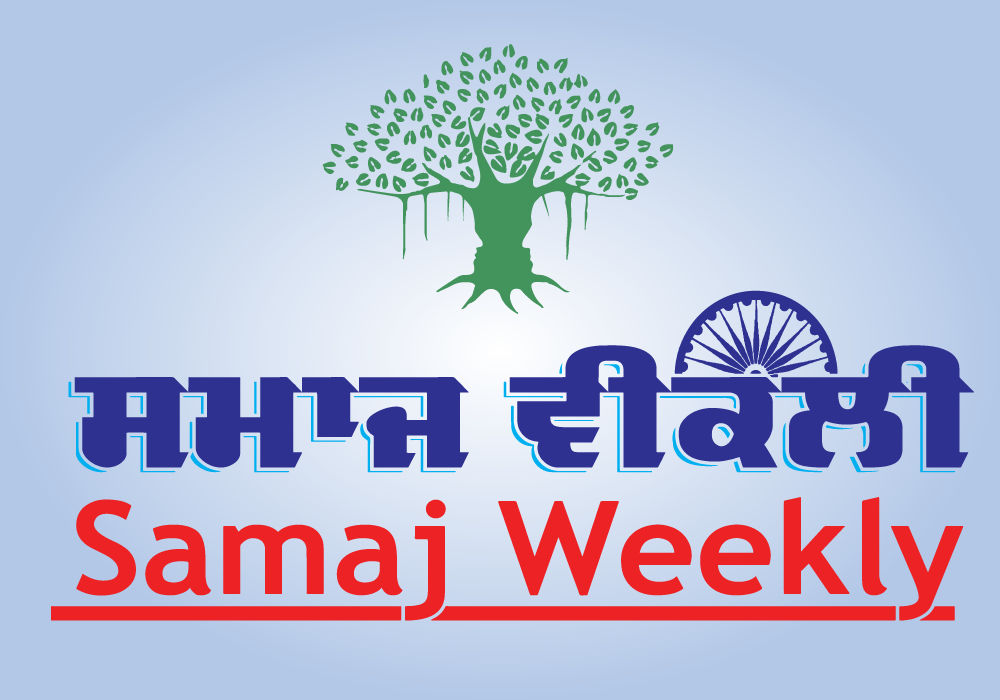India has a national election in April-May. This election is critically important because of the climate change consuming the country. Most people think of that change as being the sorry condition of Indias environment. And, it is. It also includes, however, several other important areas — most notably the economy and the electorate.
India’s current environmental, economic and electoral climates are extremely problematic. These three climate change areas must be addressed holistically and with an increasing sense of urgency over the next decade if India is to maintain the trajectory it has established to moving from being a developing country to be a developed country.
Environmental climate change is not unique to India.
To date, 196 world leaders have acknowledged that global warming is an international problem by signing the Paris Agreement adopted at the 21st Conference of the UN’s Framework Convention in December of 2015.
In October last year, the UN’s Intergovernmental Panel on Climate Change (UNIPCC) warned that the environment is worsening at a faster pace than originally projected and that unless major changes are made by 2040 there will be disastrous consequences.
The compressed timeline for climate change is scary for the world. The timeline for India is even scarier. The World Bank observes that “India is among the countries most vulnerable to climate change”. It asserts that, “by 2020, pressure on India’s water, air, soil and forests is expected to become the highest in the world”.
This is a frightening picture. More frightening is the effect that pressure will have on the Indian people and its economy.
A World Bank Report released in June 2018 said that climate change could reduce India’s GDP by 2.5 per cent and lower living standards of nearly half the country’s people by 2050. The UNIPCC report states that a 1.5 degrees Celsius increase in the global temperature would have the most serious impact on “disadvantaged and vulnerable populations” in areas such as food insecurity, lost livelihood opportunities, and adverse health impacts.
India’s disadvantaged and vulnerable population is huge in size. They and India in general are already experiencing serious consequences. As Dr. Arvind Kumar, a surgeon at Sir Ganga Ram Hospital in New Delhi notes: “Newborns in many of our cities become ‘smokers’ from their very first breath.”
Because of increasing floods and droughts, numerous poor farmers no longer have the small plots on which to toil and earn a living. Almost one-half of the Indian workforce is self-employed and over 80 per cent work in the informal sector which provides no security or benefits if income is lost or reduced due to climatic factors.
The indisputable fact is that the fate of India’s environment and economy going forward are inextricably intertwined. Up until just a few years ago, the Indian economy at the macro-level was growing steadily and successfully. This growth has slowed substantially but more importantly has never trickled down to the poor.
This, along with other factors, has caused India to rank 133 out of 156 countries on the UN’s 2018 World Happiness Index — 11 spots lower than 2017. The stagnant economic milieu and general unhappiness of so many in the rural and poor regions where almost two thirds of Indians live is also no doubt partially responsible for this year’s combative and competitive electoral climate.
After Prime Minister Narendra Modi swept to power in 2014, it appeared that he would be unbeatable in the future. This perspective was reinforced as Modi’s Bharatiya Janata Party (BJP) increased the number of Indian states that it ran from six to 21 out of 29 states between 2014 and early 2018. Then, in elections held in December, the Congress party won three key states.
Now, it looks as if the race for Prime Minister is up for grabs. What should not be up for grabs is the need to develop an integrated master plan for changing and dramatically improving India’s environmental, economic and electoral climate. This should and must be a top priority for whoever wins the elections. Because time is absolutely of the essence. The climate change master plan must be developed quickly. Fortunately, there are numerous ideas and individuals that can be called upon to create that plan.
Among the best that I have seen is the following set of five opportunities for India’s growth and transformation put forward by the McKinsey Global Institute in 2016:
1. Acceptable living standards for all.
2. Sustainable urbanization.
3. Manufacturing for India, in India.
4. Riding the digital wave.
5. Unlocking the potential of Indian women.
Add to that a proposal to build a clean energy future from the bottom up and you have a good starting point for the race to change India’s climate in a meaningful and measurable way. It is a race that must be won for the future of India, its people and indeed the world.
“The question which remains to be answered is whether there is enough political will to aggressively fight the health emergency India faces today and move away from polluting fuels and practices,” said Pujarini Sen, spokeswoman for Greenpeace in India.
(The author is an Indian-American entrepreneur, civic and thought leader based in Washington DC. The views are expressed are personal. He can be contacted at [email protected])










